Sled Model Item Number: E7472-0 from the National Museum of Natural History

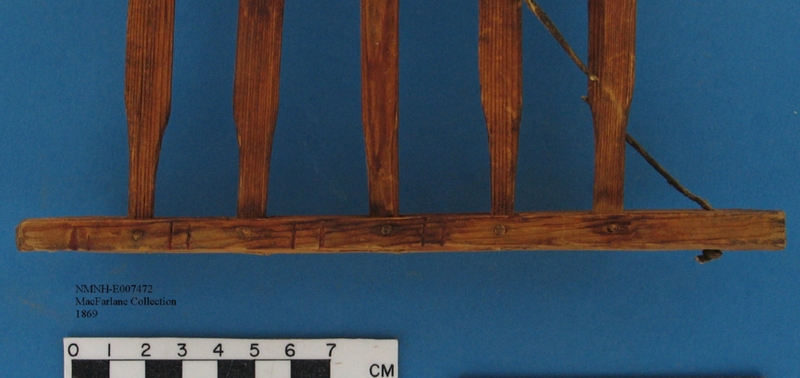
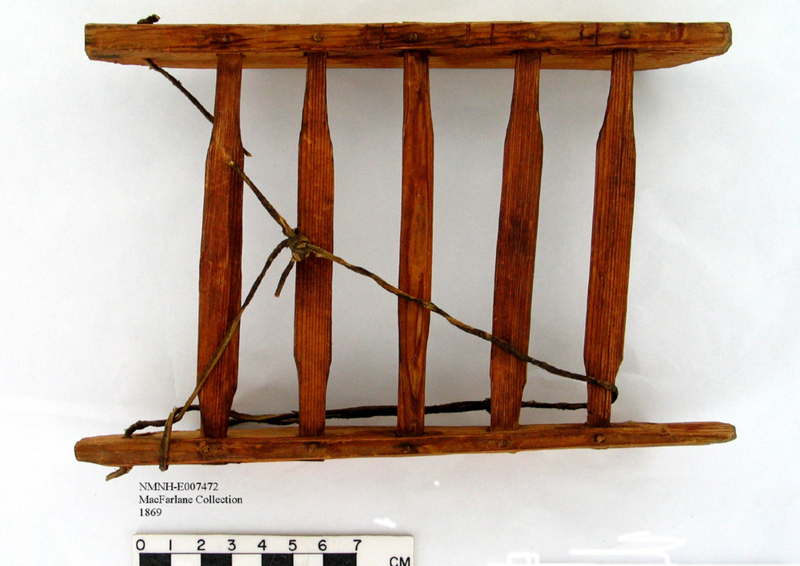

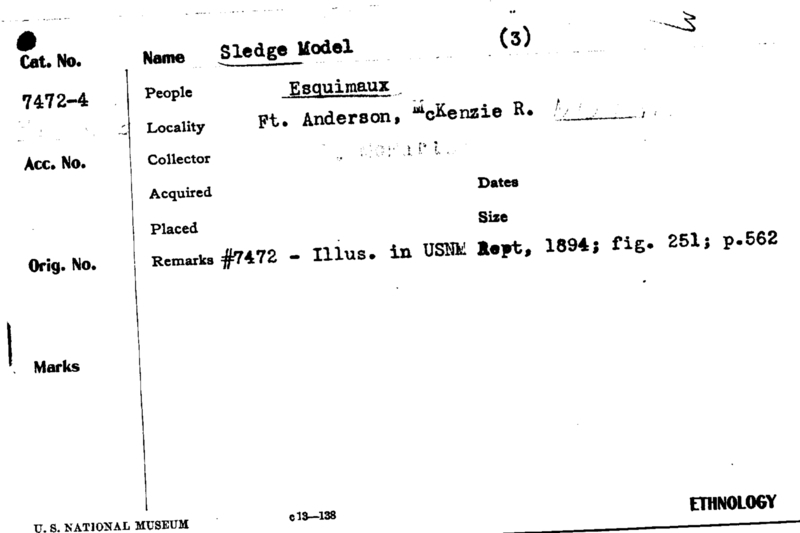
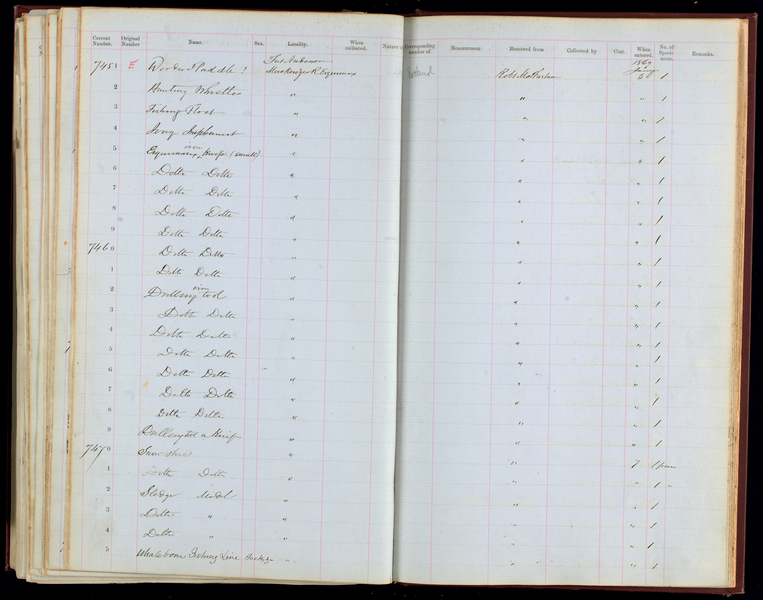
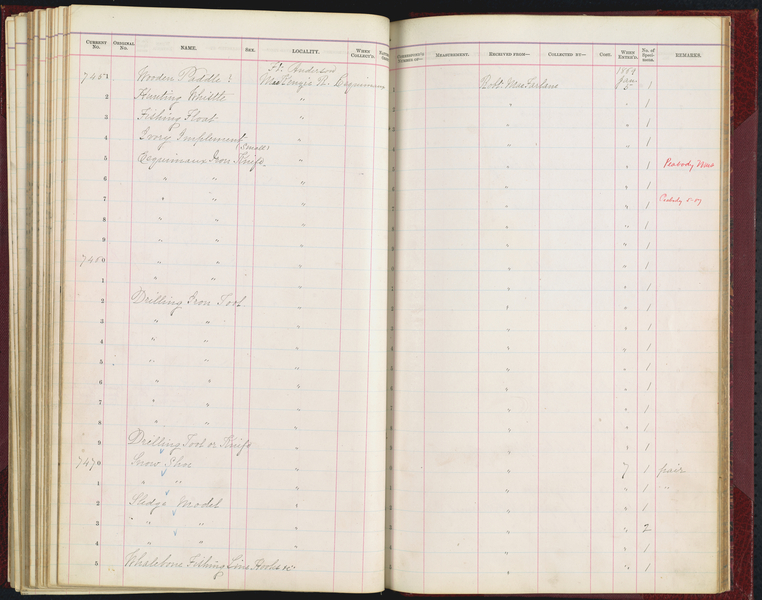
Notes
FROM CARD: "7472-4. #7472 - ILLUS. IN USNM REPT, 1894; FIG. 251; P. 562." Identified in publication as: "... a sled from Fort Anderson, Mackenzie River district, consisting of two parts - the solid runners and cross slats. The runners are in the form of broad planks hewed out thick above and thin below, with a longer bevel in front than in the rear. The five crossbars are mortised through the upper part of the runners in a very rude manner and fastened down with pegs. The line for hauling is attached to the front ends of the runners, just as in the case of the ordinary toy sled of boys ... Length 7 1/2 inches."Source of the information below: Inuvialuit Pitqusiit Inuuniarutait: Inuvialuit Living History, The MacFarlane Collection website, by the Inuvialuit Cultural Resource Centre (ICRC), Inuvik, N.W.T., Canada (website credits here http://www.inuvialuitlivinghistory.ca/posts/12 ), entry on this artifact http://www.inuvialuitlivinghistory.ca/items/273 , retrieved 1-31-2020: Model of a qamutik sled made from wood. The bottom edges of the runners are cut aslant at the front and back. The deck is formed by five crosspieces set into slots cut into the runners, and held in place by wood pegs in holes drilled from the top of each runner and through the ends of the crosspieces. Five paired lines have been cut into the top of one of the runners, and most of the sled has been stained with red ochre. A towing line made from a hide thong is attached to the front of each runner. More information here: http://www.inuvialuitlivinghistory.ca/item_types/72: The MacFarlane Collection contains small models of several types of sleds used by Inuvialuit for travelling on snow-covered ground. These models may have been commissioned since full-size sleds would have been difficult to ship the the Smithsonian Institution.
Item History
- Made in Northwest Territories, Canada
- Collected in Northwest Territories, Canada
- Received from Roderick R. MacFarlane on January 7, 1869
What
- Name
- Sled Model
- Identification Number
- E7472-0
- Type of Item
- sled model
Who
- Culture
- Eskimo, Inuit and Inuvialuk
- Received from
- Roderick R. MacFarlane
Where
- Holding Institution
- National Museum of Natural History
- Made in
- Northwest Territories, Canada
- Collected in
- Northwest Territories, Canada
When
- Acquisition Date
- on January 7, 1869
Other
- Accession Number
- 69A00012